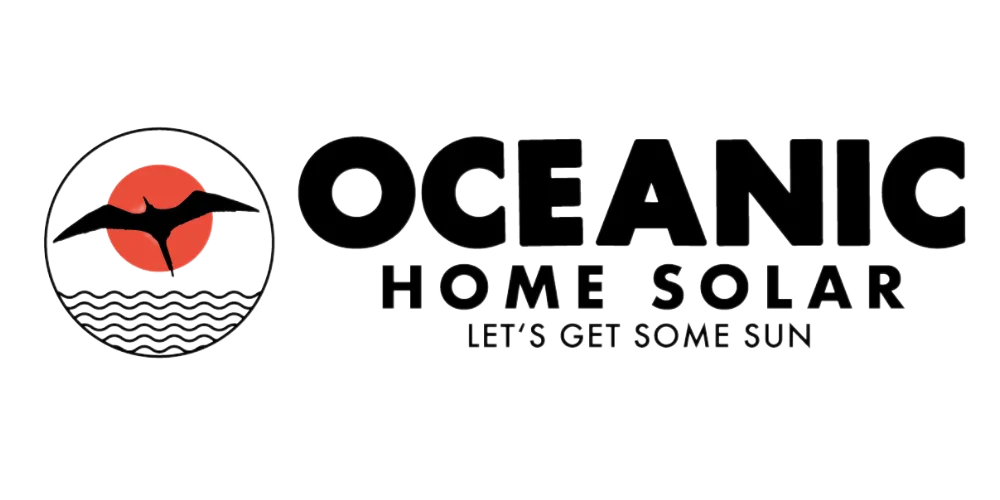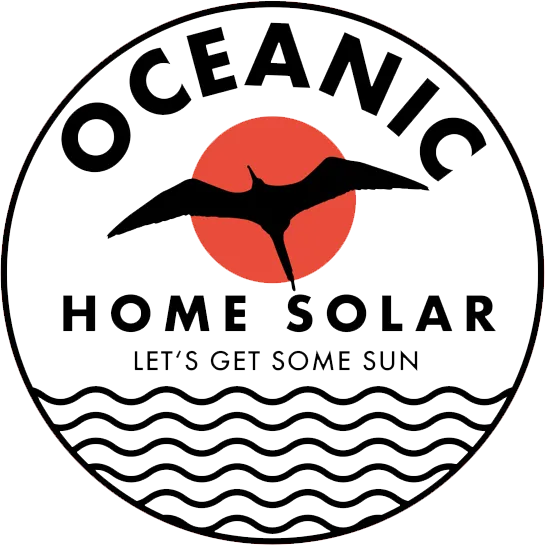
Give us a call!
Hrs 9 am - 5 PM, M-F
Is “No Cost Solar” Real? Here’s How To Avoid Paying Two Electric Bills.

Tyson Hunter
Published June 13th, 2024
Subscribe to stay up-to-date on everything Hawaii Home Solar
Unfortunately, there’s no such thing as a free lunch.
The messaging you are bombarded with is clever marketing to make it seem like you can get solar for free.
That’s not the full story.
On the bright side, there are clever ways to get solar and offset the cost with your savings.
Proceed with caution. Weigh the pros and cons so you don't end up paying two bills.
Here, we’ll explore the different solar financing options available to Hawaii homeowners. We’ll also provide a framework to choose the best option for you.
Don’t like reading? Feel free to chat with one of our solar experts via text or a call +1(808)-201-5354
Here's What We'll Discuss

Solar Financing Options
1. Solar Loans
Solar loans are specifically designed for solar installations. They can be an effective way to finance your solar panel installation.
For instance, Hawaii State FCU offers a photovoltaic loan with 0% interest and no monthly payments in the first 18 months.
Pros:
You own the system and often reduce your monthly electric expenses without paying it upfront in cash.
Solar loans generally offer lower interest rates than other loans or credit cards.
The loan term is usually long, making the monthly payments manageable.
Cons:
You are responsible for the maintenance and repair of the system.
Some solar lenders offer low-interest rate loans to keep monthly payments low but tack on a hefty initiation fee, increasing the total cost of ownership.
2. Solar Lease
A solar lease is an agreement where you lease the solar panels for a fee over a set length of time.
Companies like Sunrun offer solar leases where they buy, own, and take care of the home solar system, and you simply pay for the electricity it produces.
Pros:
There are no upfront costs and predictable payments per contract.
Access to clean solar energy and lower electric bills.
The leasing company is responsible for maintenance and repairs.
Cons:
You don’t own the panels, so you don’t qualify for tax incentives or rebates.
Electric savings aren’t as significant as if you owned the panels.
Home value won’t increase and may make selling your home more challenging.
3. Power Purchase Agreement (PPA)
Like a lease, a PPA involves a company owning and maintaining the solar system, and you pay for its electricity.
Pros:
There are no upfront costs and access to clean solar energy.
The PPA provider is responsible for maintenance and repairs.
The price of power is typically less expensive than the standard rate through your local utility provider.
Cons:
You don’t own the panels, so you don’t qualify for tax incentives or rebates.
Long-term savings are lower than purchased solar panels.
It can be challenging to sell a home with a PPA.
4. Home Equity Loans
This is a type of loan where you borrow against the equity of your home.
Pros:
Lower interest rates and consistent monthly payments.
Home equity loans generally offer lower interest rates than other loans or credit cards.
The loan term is usually long, making the monthly payments manageable.
The interest paid on the loan might be tax-deductible.
Cons:
Significant equity requirement.
Potential to lose your house or owe more than your home is worth.
5. Government Funded Options
There are also government-funded options, such as the Home Energy Renovation Opportunity (HERO) or Property-Assessed Clean Energy Programs (PACE).
Pros:
Lower carbon footprint, lower electric bills, potentially higher home value, and tax credits.
The federal tax credit offsets an additional 30%.
Some states offer additional incentives and rebates.
Cons:
High initial costs and specific roof requirements.
Possible higher property taxes and storage costs.
Remember, the best option depends on your individual circumstances, including your financial situation, your home’s solar potential, and your long-term energy needs.
It’s always a good idea to consult a solar professional or financial advisor to understand which option is best for you.
The Solar Buying Framework
Choosing the best solar financing option depends on your individual circumstances, including your financial situation, your home’s solar potential, and your long-term energy needs.
Here are some tips to help you make the best decision:
Understand Your Electricity Consumption: You need to know how many kilowatt hours your household consumes monthly and annually.
Consider Your Goals: Know what your goals for solar are. Is it an investment? Is it to save money from day one because your bills are too high and need relief? Is it just to go green? Or is it because you hate the utility companies?
Get Multiple Quotes: Start your solar quote shopping. Get at least 3 for comparison.
Consider the Long-Term Costs: Consider the long-term costs of not going solar. The utility company raises its rates almost every year, and you will pay the utility over 25 years if you don’t go solar.
Once we've got a good understanding of these personal factors, making the right choice becomes clearer and you have a foundation to make the right decision.
Need help figuring it all out? We understand there are a lot of options to consider.
Talk to one of our solar experts today to work through your own framework to find the best option for you.

Got more solar questions?
Text our Solar Hotline!
Quick Links
Oceanic Home Solar
94-148 Leowaena st. Unit R, Waipahu HI 96797
Contact Us
(808) 900-3750
Oceanic Home Solar, LLC copyright 2025
